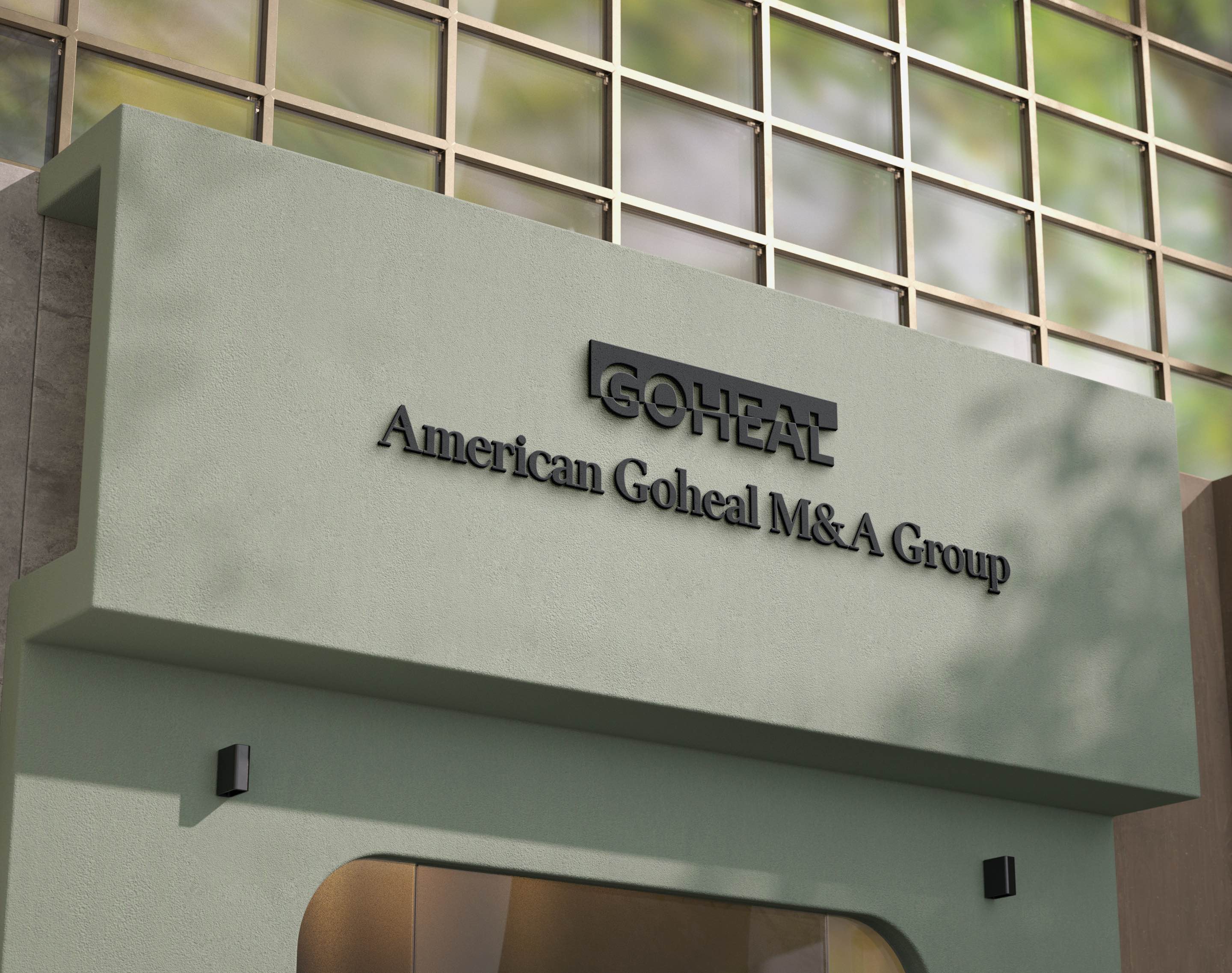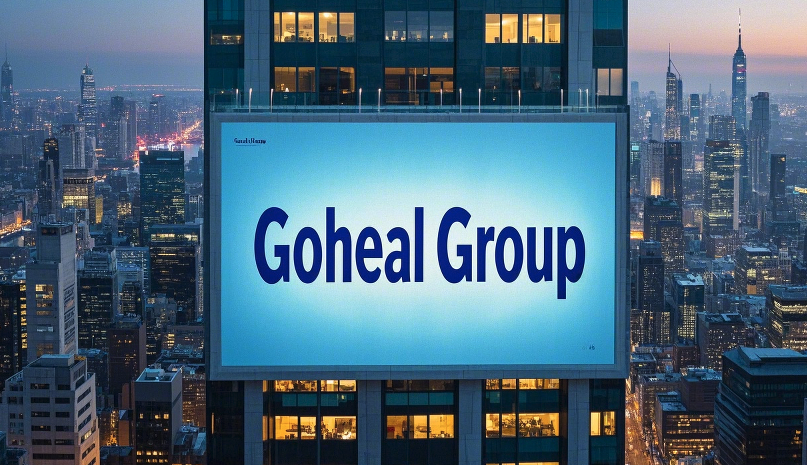"Together we are strong, divided we are weak." In the world of capital markets, M&A is a never-ending competition. Behind every acquisition, there is a strategic game. Is it to find synergy and enhance market competitiveness, or just for asset arbitrage and improve financial returns? This is the core difference between industrial M&A and financial M&A.

American Goheal M&A Group
In recent years, the global M&A market has been surging. From the annexation of innovative enterprises by technology giants to the integration of traditional industries by financial capital, different models of M&A have shaped the pattern of the capital market. For listed companies, choosing an M&A model that suits their own development needs is the key to ensuring the success of the transaction. Goheal has been deeply involved in the global M&A market and witnessed how countless companies reshaped their own value through M&A, and also witnessed cases of failure due to M&A strategy errors.
So, what are the differences between industrial M&A and financial M&A? What scenarios are they suitable for?
Industrial M&A: Finding synergy of "1+1>2"
Industrial M&A, as the name suggests, refers to acquisitions for the purpose of business integration and synergy. Companies hope to gain technological advantages, market share, supply chain resources or brand influence through mergers and acquisitions to strengthen their competitiveness. Such mergers and acquisitions usually occur between the same industry (horizontal mergers and acquisitions) or upstream and downstream of the industrial chain (vertical mergers and acquisitions).
Take Tesla as an example. Its acquisition of SolarCity is a typical vertical merger and acquisition. By acquiring this solar company, Tesla has integrated the new energy ecosystem, expanding from electric vehicle manufacturing to energy storage and clean energy supply, and achieving business synergy. A similar case is Apple's acquisition of chip company Dialog, which aims to enhance its chip design capabilities and reduce its dependence on third-party suppliers.
The core goal of industrial mergers and acquisitions is long-term growth. Therefore, when valuing, companies pay more attention to future earnings rather than short-term financial indicators. This means that companies need to consider the following during the merger and acquisition process:
1. Can mergers and acquisitions enhance the company's market competitiveness?
2. Can they generate real synergies rather than simply expanding their scale?
3. Are the integration costs and challenges after the merger and acquisition controllable?
When operating industrial mergers and acquisitions, Goheal emphasizes the integration strategy after the merger and acquisition, helping companies to formulate clear resource integration plans to ensure the smooth implementation of new businesses. After all, many mergers and acquisitions fail not because of the transaction itself, but because of poor integration, resulting in resource mismatch and even internal friction.
Financial mergers and acquisitions: the "arbitrage game" of capital operation
Unlike industrial mergers and acquisitions, which pursue long-term value, the core of financial mergers and acquisitions is capital appreciation, and its goal is usually to optimize the financial structure and improve the return on assets, and ultimately obtain higher returns on investment. This type of merger and acquisition is usually initiated by private equity funds (PE), hedge funds or industrial investors. After the acquisition, the company's valuation may be increased through secondary sales, asset splits, debt optimization, etc., and then exit through IPO or another merger and acquisition.
A typical case is KKR's acquisition of Unilever's butter and spreads business (such as Becel, Flora, etc.). KKR does not care about the long-term operation of these businesses, but hopes to optimize brand assets, adjust market strategies, and increase their valuations before selling them, thereby obtaining considerable financial returns. The Lipton tea brand was acquired by CVC Capital Partners for 4.5 billion euros in 2021. The applicable scenarios of financial mergers and acquisitions usually include:
1. Acquisition of undervalued assets: When a company is undervalued due to market fluctuations, poor management or short-term financial problems, financial investors will buy it at a low price and sell it for profit after its value recovers.
2. Leveraged buyout (LBO): Acquisition is carried out through borrowed funds, and the cash flow of the target company is used to repay the debt, achieving high leverage returns with less capital.
3. Split and divestment: Improve company valuation by divesting inefficient assets and splitting business units.
Goheal has accumulated rich experience in the field of financial mergers and acquisitions. We know that financial mergers and acquisitions are not simple capital arbitrage, but a sophisticated asset operation art. How to identify undervalued assets? How to optimize the financial structure of the enterprise? How to exit at the right time? The answers to these questions determine the success or failure of a financial merger and acquisition.
Choice of M&A model: depends on the development stage and strategic goals of the enterprise
When choosing an M&A model, the most important thing for listed companies is to match their own development stage and strategic goals.
If an enterprise wants to enhance its core competitiveness, expand its market share, and improve the industrial chain, then industrial mergers and acquisitions are undoubtedly the best choice. For example, ByteDance acquired Pico in order to lay out the VR track to enhance its competitiveness in the metaverse.
If companies are more concerned about short-term financial returns, optimizing capital structure, and realizing asset appreciation, then financial mergers and acquisitions are more attractive. For example, Blackstone Group acquires real estate worldwide and resells it through asset optimization and appreciation to obtain high returns on investment.
In addition, there is a hybrid model, which is to conduct financial mergers and acquisitions first and then turn to industrial integration. For example, when Tencent invested in Supercell in the early days, it initially held shares as a financial investor. Later, as Supercell developed, Tencent increased its investment and finally achieved industrial synergy. This model is particularly common in rapidly changing industries (such as technology and the Internet).
Conclusion: The future of mergers and acquisitions, the integration of capital and industry
As the uncertainty of the global economy increases, the M&A market is undergoing a transformation from pure capital operation to the deep integration of capital and industry. In the future, M&A transactions will focus more on long-term value creation rather than short-term arbitrage.
So, in the current market environment, how should companies weigh the choice of M&A model? How will emerging technologies such as AI and blockchain affect future M&A transactions? Welcome to leave a message in the comment area for discussion. Goheal looks forward to exploring new opportunities in the capital market with global investors!

Goheal Group
[About Goheal] Goheal is a leading investment holding company focusing on global mergers and acquisitions. It has been deeply involved in the three core business areas of acquisition of listed company control, mergers and acquisitions of listed companies, and capital operations of listed companies. With its deep professional strength and rich experience, it provides enterprises with full life cycle services from mergers and acquisitions to restructuring and capital operations, aiming to maximize corporate value and achieve long-term benefit growth.